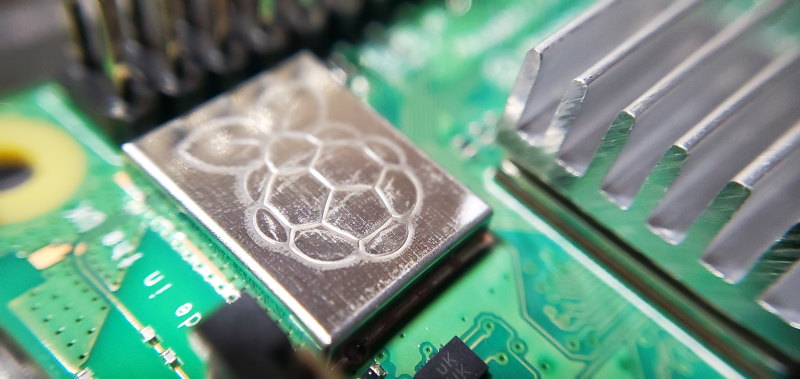
Pi-Hole Step-by-Step Install Instructions
A Pi-Hole operates as a Domain Name System (DNS) server. Every network has one: it operates as the phonebook of the internet and is responsible for finding the correct IP addresses for any websites your network accesses. With a Pi-Hole running you will protect your entire network from advertising, tracking and even malware.Not yet convinced that you need a network-wide ad-blocker? Read this
By configuring your Pi-Hole as your networks' DNS server, you will effectively elminitate any advertisement trackers and known advertisement web pages from accessing your network. This avoids the need to install ad blockers on every device and also provides the benfit of blocking Ad's on devices where ad-blockers are not possible (Smart TV's, applicances, etc). Also by performing caching of frequently accessed webpages you will see improved performance.
Things you will need:
- Pi-Hole Hardware
- Network cable to connect Pi-Hole to router (for wireless you will have to connect a display and keyboard to the Pi-Hole hardware)
- Device (phone, PC, Mac, etc.) connected to the network (will be used to remotely configure the Pi-Hole)
- Access to your network router admin page
Access to network administrators page
This guide assumes you have access to the local network administrators configuration settings. The key settings we will be configuring involve setting a persistent local IP address to the Pi-Hole (address reservation), and re-configuring the DNS settings to use this IP for any requests.
Step 1 - Connect the Pi-Hole to your Network and Configure Remote Access
Click here for
The first step is to connect your Pi-Hole to the network: You will need to plug the Pi-Hole into your network, power it on and determine the IP address it received. You need this so that you can ssh into the device and install Pi-hole on it. We recommend using a hard-wired connection but wireless is also an option (note: you will need to temporarily connect a monitor and keyboard if you plan to use the device wirelessly). For windows users we recommend the ssh application PuTTY, but any SSH client will work (including those available on mobile). In order to access your Pi-Hole you will need to know it's IP address which can be accessed by viewing attached devices from your router admin page (usually accessible by 192.168.1.1) and finding the IPv4 address of the device name "Pi-Hole".
Once you have the IP address of your connected device, and an SSH client installed on the same network you will connect to the Pi-Hole by entering the device IP address and port 22 into your SSH client.
Step 2 - Configure Pi-Hole
When you connect to your Pi-Hole, you'll be prompted for a username and password (default set to user: pi, password "lemieuxtech")